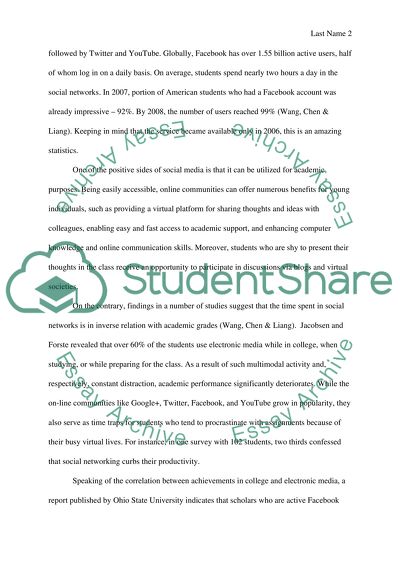Cite this document
(“The Impact of Social Media on Society Research Paper”, n.d.)
The Impact of Social Media on Society Research Paper. Retrieved from https://studentshare.org/social-science/1702264-social-media-and-its-effect-on-society
The Impact of Social Media on Society Research Paper. Retrieved from https://studentshare.org/social-science/1702264-social-media-and-its-effect-on-society
(The Impact of Social Media on Society Research Paper)
The Impact of Social Media on Society Research Paper. https://studentshare.org/social-science/1702264-social-media-and-its-effect-on-society.
The Impact of Social Media on Society Research Paper. https://studentshare.org/social-science/1702264-social-media-and-its-effect-on-society.
“The Impact of Social Media on Society Research Paper”, n.d. https://studentshare.org/social-science/1702264-social-media-and-its-effect-on-society.


